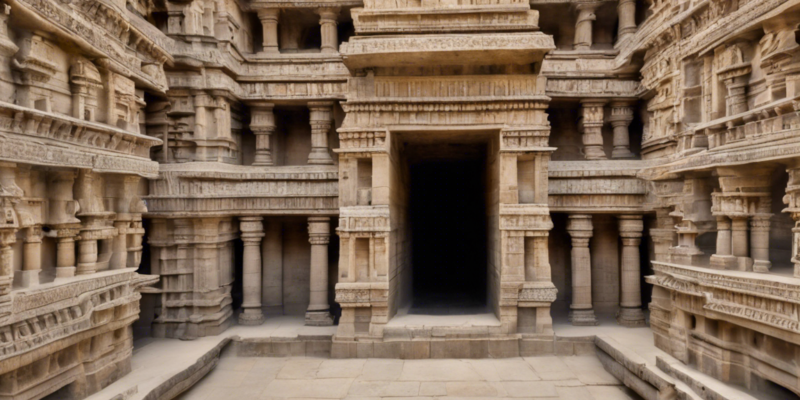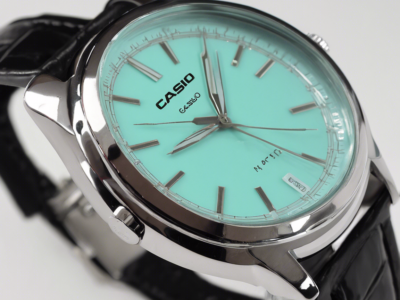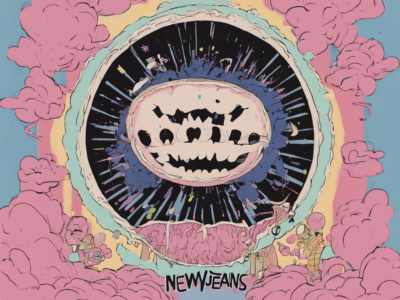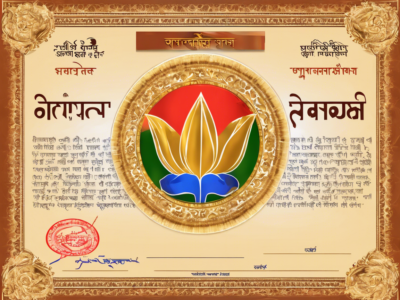Nestled in the quaint town of Patan in Gujarat, India, lies the mesmerizing stepwell known as Rani Ki Vav. Dating back to the 11th century AD, this UNESCO World Heritage Site is a testimony to the architectural prowess and artistic brilliance of ancient India. The term “vav” in Gujarati refers to a stepwell, and Rani Ki Vav is one of the most elaborate and ornate stepwells in the country. Let’s delve into the intricate architecture and historical significance of this marvel from the past.
History and Significance
Rani Ki Vav was built during the rule of the Solanki dynasty, specifically by Queen Udayamati in memory of her husband, King Bhimdev I. The stepwell served both practical and spiritual purposes, primarily as a water resource in the arid region of Gujarat and as a place for community gatherings and religious ceremonies. The structure is not merely utilitarian; it is a work of art that showcases the rich cultural heritage of the region.
Architectural Features
The stepwell is designed in the Maru-Gurjara architectural style, typical of the Solanki dynasty. The intricate carvings and sculptures found throughout the stepwell exhibit a high level of craftsmanship and attention to detail. As visitors descend into the stepwell, they are greeted by a series of pillared pavilions, each adorned with ornate sculptures of deities, apsaras, and celestial beings. The walls are covered with beautifully carved panels depicting various mythological scenes, including episodes from the Ramayana, Mahabharata, and Puranas.
The highlight of Rani Ki Vav is the seven levels of stairs that lead down to the water table. Each step is intricately carved with more than 500 principal sculptures and over a thousand minor ones, showcasing the diverse artistic talents of the craftsmen of that era. The stepwell is not just a functional structure but a visual feast that transports visitors to a bygone era of artistic grandeur.
Symbolism and Astronomy
One of the fascinating aspects of Rani Ki Vav’s design is its symbolic and astronomical significance. The sculptures and carvings are not just decorative but are believed to have deeper meanings related to Hindu mythology and celestial alignments. Some researchers suggest that the various carvings are linked to the concept of cosmic time cycles and are meant to convey philosophical and spiritual teachings.
Moreover, the stepwell is designed to be a place of spiritual cleansing and rejuvenation. The water in the stepwell was believed to possess healing properties, and the act of descending into the depths of the stepwell was seen as symbolic of a spiritual journey towards purification and enlightenment.
Preservation and Restoration Efforts
Over the centuries, Rani Ki Vav fell into a state of disrepair and was eventually buried under silt and debris. It was only in the 1980s that the stepwell was rediscovered and efforts were initiated to excavate and restore this architectural gem. The Archaeological Survey of India (ASI) undertook extensive restoration work to revive the stepwell to its former glory, ensuring that future generations can appreciate and marvel at its beauty.
Visit Rani Ki Vav Today
Today, Rani Ki Vav stands as a testament to the rich cultural heritage of India and attracts tourists and history enthusiasts from around the world. Visitors can explore the intricate carvings, the symbolic architecture, and the spiritual ambience of this ancient marvel. A visit to Rani Ki Vav is not just a journey through history but a soul-stirring experience that leaves a lasting impression on all who witness its grandeur.
Frequently Asked Questions (FAQs)
- When was Rani Ki Vav built?
-
Rani Ki Vav was built in the 11th century AD by Queen Udayamati in memory of her husband, King Bhimdev I.
-
What is the significance of Rani Ki Vav?
-
Rani Ki Vav served as a water resource in the arid region of Gujarat and as a place for community gatherings and religious ceremonies.
-
What architectural style is Rani Ki Vav designed in?
-
The stepwell is designed in the Maru-Gurjara architectural style typical of the Solanki dynasty.
-
What is the symbolism behind the carvings at Rani Ki Vav?
-
The carvings at Rani Ki Vav have deeper meanings related to Hindu mythology and celestial alignments, conveying philosophical and spiritual teachings.
-
What restoration efforts have been undertaken at Rani Ki Vav?
- The Archaeological Survey of India (ASI) has undertaken extensive restoration work to revive and preserve Rani Ki Vav.
As you embark on a journey to explore the ancient architecture of Rani Ki Vav, you will not only witness a marvel of engineering and artistry but also gain a deeper appreciation for the cultural heritage of India. The stepwell stands as a reminder of the ingenuity and creativity of our ancestors and continues to inspire awe and admiration in all who behold its splendor.










